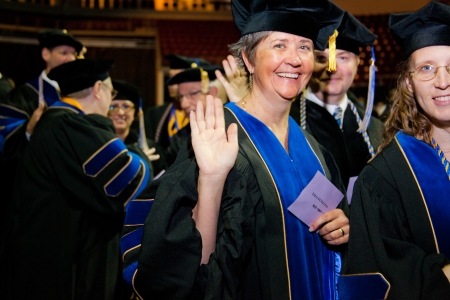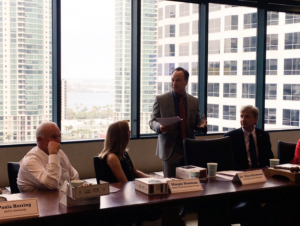July 18, 2016
The following content is from the July edition of the Business Forecast newsletter, sponsored by Silvergate Bank. To get these updates directly to your inbox, sign up here.
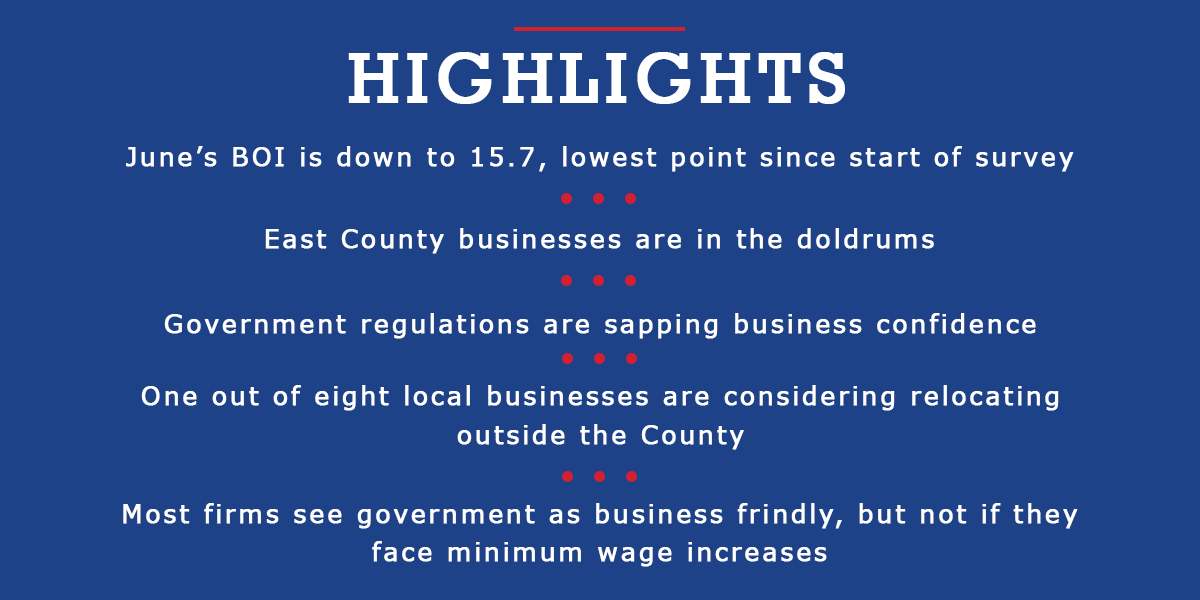
Annual Measure of Business Climate and Those Considering a Move from the County Remains Stable
Confidence among San Diego County businesses in this month’s Silvergate Bank-sponsored Business Forecast has fallen to a new low. Inconsistent since the beginning of the year, San Diego County’s Business Outlook Index (BOI) is now at 15.7, down from 21.3 last month. While this is the lowest point the Index has hit since it began nearly three years ago, the business community’s outlook is still in somewhat positive territory because the BOI ranges from -100 to +100, with zero being neutral.

The downturn revolves around deteriorating confidence in the number of hours employers will be offering their workers, as well as business conditions within each industry. Only one-quarter of businesses say they’ll need employees to work more during the next three months — that’s down from 32 percent in the prior quarter. Additionally, only 39 percent report business conditions in their industry are improving — that figure averaged 51 percent in the previous three months.
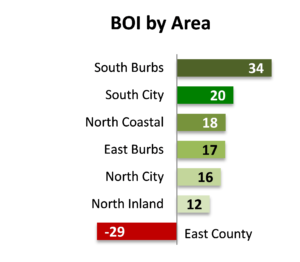
(click for larger image)
There is a geographic component to the trend. Businesses outside the City of San Diego went from a BOI in the previous quarter of 22 to 14 in June. East County’s outlook has worsened in the past month, dropping into negative territory, from 24 to -29. When it comes to employment, 42 percent in the East County see their firms letting workers go and none in our survey are likely to add employees. Also contributing to East County’s poor outlook is the fact that businesses located there are more likely to sense a loss of revenue approaching, predict they’ll need fewer hours from current employees, and that revenue will decline.
The minimum wage increase remains the top challenge for businesses, with 10 percent saying it is their major hurdle – up from 9 percent last month. Other government-related issues make up a majority of the challenges as a total of 24 percent say their main new challenge is coming from government. These concerns weigh on business confidence; those with government-related issues tend to be much less optimistic than those with more “normal” challenges.
Each year in June the Forecast measures the business friendliness of local government and also whether firms are considering moving out of the county. The survey found that not much has changed since last year. Most businesses see their local government as being overall friendly to commerce, and the percentage of businesses considering a move out stands at 13 percent.

(click for larger image)
The key predictors of whether a firm is looking elsewhere relate to the business environment. Those who feel conditions in their industry are deteriorating are far more likely to be looking to move. But we also find that if businesses see their local government as less than friendly – regardless of what they think of industry conditions – the exit door is more inviting.
While most businesses throughout the county see their local government as being overall friendly to commerce, that answer depends on whether their particular business faces challenges and the nature of those challenges. Most of those who say minimum wage increases are a big issue see government as unfriendly and 32 percent characterize government’s disposition as very unfriendly. On the other side are those who report no challenges and, as one might suspect, an overwhelming percentage of them feel government gives the business community a fair shake.
Size of business also plays a role in perceived friendliness of local government. Surprisingly, larger firms are more likely to sense government’s cold shoulder. Fewer than one-in-five micro firms (those with a single employee) see local government as unfriendly, but more than one-third of companies with over ten employees get that impression.
When asked about moving operations out of San Diego, this year’s survey finds that 87 percent of San Diego County business people are not considering moving out of the area. While that percentage is less than last year’s 93 percent, it is not enough to conclude that more firms now want to leave. However, it is clear that business retention has not moved in the right direction.
Business size also plays a role here with smaller companies more apt to be looking to leave. Firms not considering leaving the county employ 88 workers, on average. On the other hand, those contemplating the idea average only 32 employees and those seriously considering relocation tend to be much smaller than that. Therefore, the net effect of firm movement on employment would be limited.
 The Chamber hosted a successful Renewable Energy Integration Summit with approximately 50 business owners and industry professionals.
The Chamber hosted a successful Renewable Energy Integration Summit with approximately 50 business owners and industry professionals.
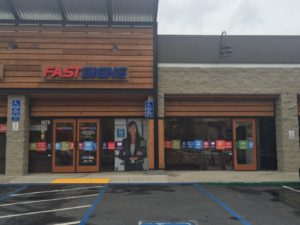 Looking for more ways to get your message out?
Looking for more ways to get your message out? 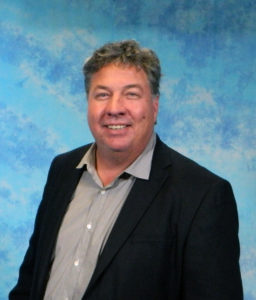




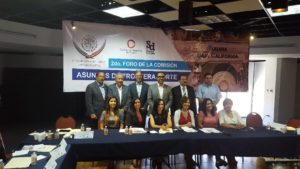


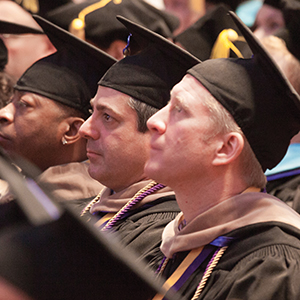 Northcentral University is regionally accredited by WASC Senior College and University Commission. NCU also has programs that have received programmatic accreditations including the Accreditation Council for Business Schools and Programs and the Commission on Accreditation for Marriage and Family Therapy Education.
Northcentral University is regionally accredited by WASC Senior College and University Commission. NCU also has programs that have received programmatic accreditations including the Accreditation Council for Business Schools and Programs and the Commission on Accreditation for Marriage and Family Therapy Education.